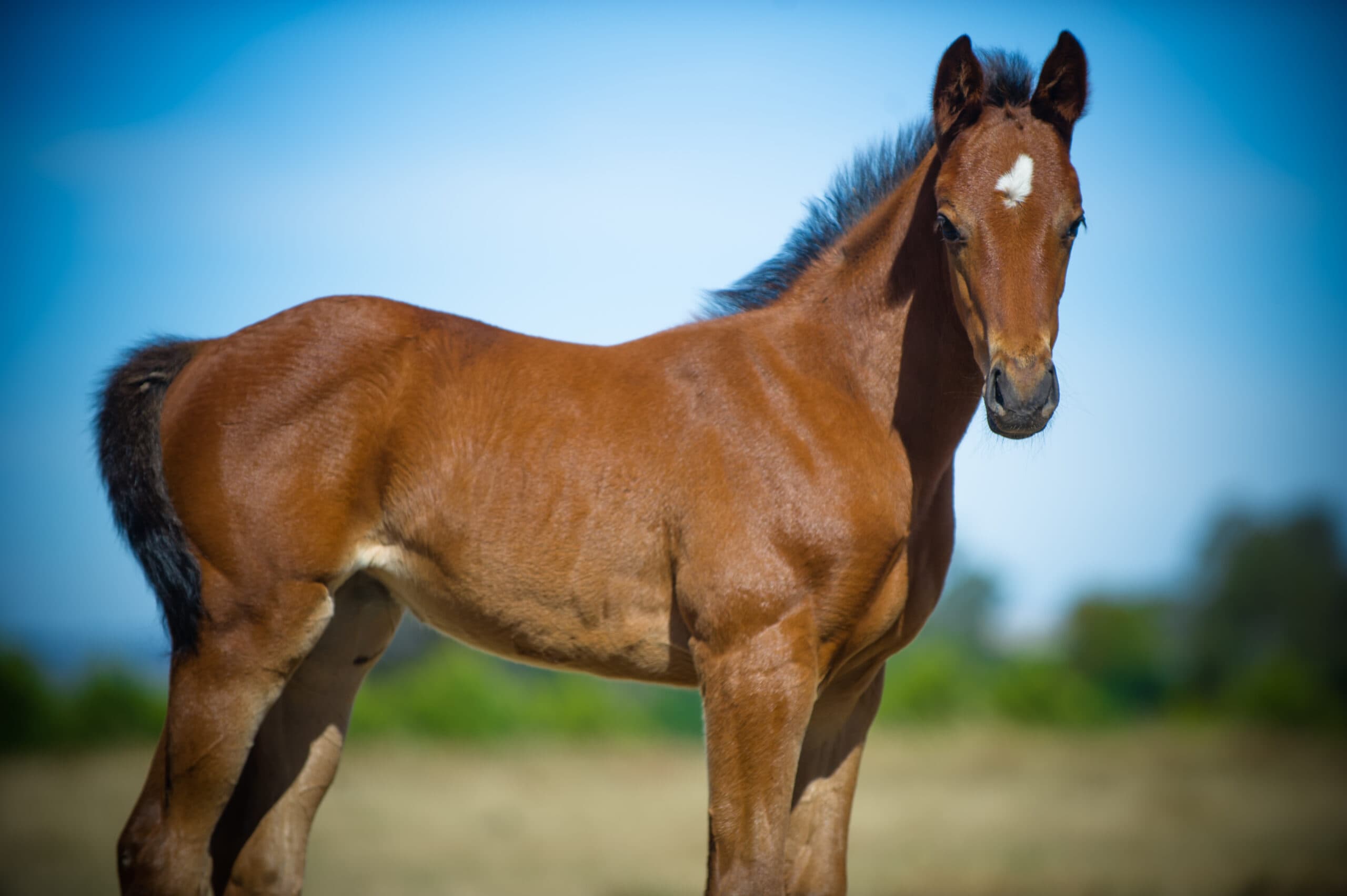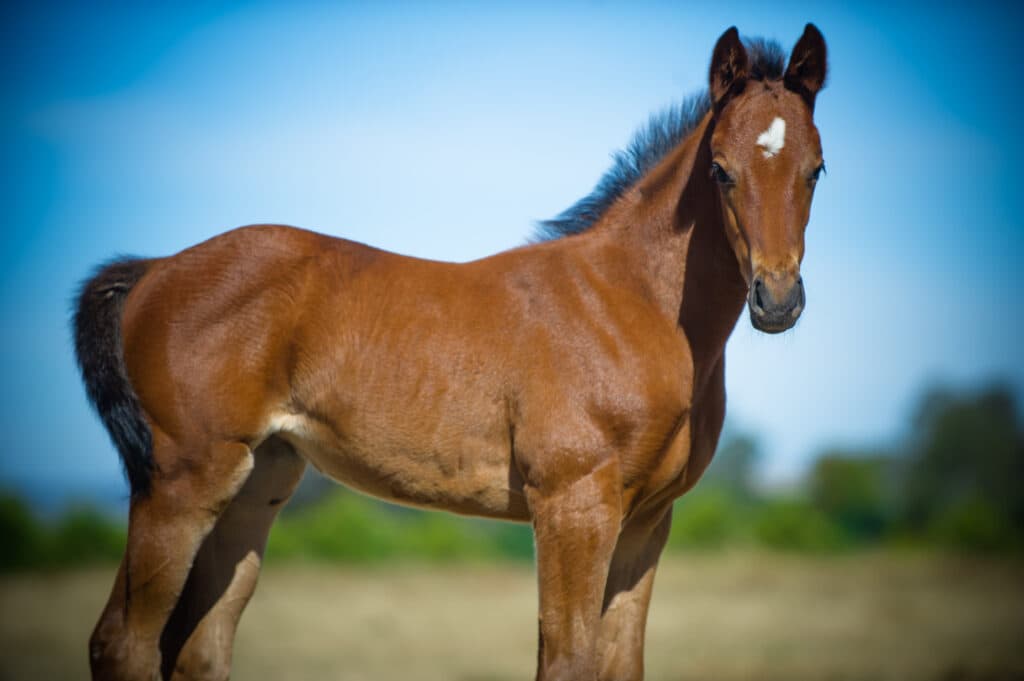The disease is so named because of the rattling sound a sick foal makes while trying to breath with infected lungs.
The Bacteriophage and R. equi pneumonia risk project, led by Dr Gary Muscatello at The University of Sydney, is investigating the relationships between a group of naturally occurring viruses called bacteriophages, virulent R. equi on Australian thoroughbred studs, and the risk of rattles in foals.
A better understanding of these relationships could lead to a timely disease management option as traditional approaches have become increasingly ineffective. Current treatment for rattles relies on long-term antimicrobial drug therapy, however drug-resistant strains of bacteria are starting to emerge across the United States (US) and Europe threatening the success of these treatments.
The therapeutic use of bacteriophages (phages) to treat bacterial infections is not new.
“Classically, phages were used, most notably in Russia during the early-to-mid 1900s, before the widespread adoption of antibiotics,” said Dr Muscatello.
Due to the success of penicillin, which was marketed widely in the US and Europe, interest in, and the further use and study of, phage therapy dropped off the radar in the west.
“Nowadays, the focus on ‘phage therapy’ is again attracting attention as a way to treat multi-drug-resistant organisms — mainly topically,” explained Dr Muscatello. “And it also is being used increasingly to manage food safety risks, such as bacteria-based food poisoning.”
Global concern
Rattles in foals is a global issue. Difficult to diagnose until it is well established, it is estimated that each year up to 10% of Australian thoroughbred foals will have rattles, and 1% will die as a consequence. In addition, $2–4 million a year is spent on treating the disease.
The R. equi bacteria responsible for rattles lives in the soil, persists in the gut microbiome of horses and is excreted in manure. According to project lead, Dr Muscatello, highly infectious strains of R. equi thrive in the equine environment, making the disease an ever-present threat to foal health.
“It is essentially a disease that thrives under conditions with high levels of horse manure and lots of young, susceptible horses. Breeding facilities are the perfect environment for rattles,” explained Dr Muscatello.
“Risk of disease is exacerbated by dry and dusty conditions and low pasture cover — these are increasingly common challenges in the face of climate change.”
“Although management methods to reduce airborne exposure, such as selective irrigation, can reduce the risk of rattles in foals, these strategies are challenging in Australia especially during times of drought and restricted water access.”
Having studied rattles as part of her PhD, Dr Catherine Chicken, Consultant Veterinarian, and AgriFutures Australia Thoroughbred Horses Advisory Panel Deputy Chair, is particularly supportive of this research.
“We are in a phase where bacteria are modifying themselves and getting the upper hand over the existing antimicrobial treatments we have at our disposal,” said Dr Chicken.
“While Australia has not seen the level of antimicrobial drug resistance to R. equi experienced in ther countries, horse breeding is an international business. With the scale of international horse movement, it is only a matter of time until significant resistance reaches our shores.
“We have to look for every novel approach we can and this work on phages is really exciting.”











